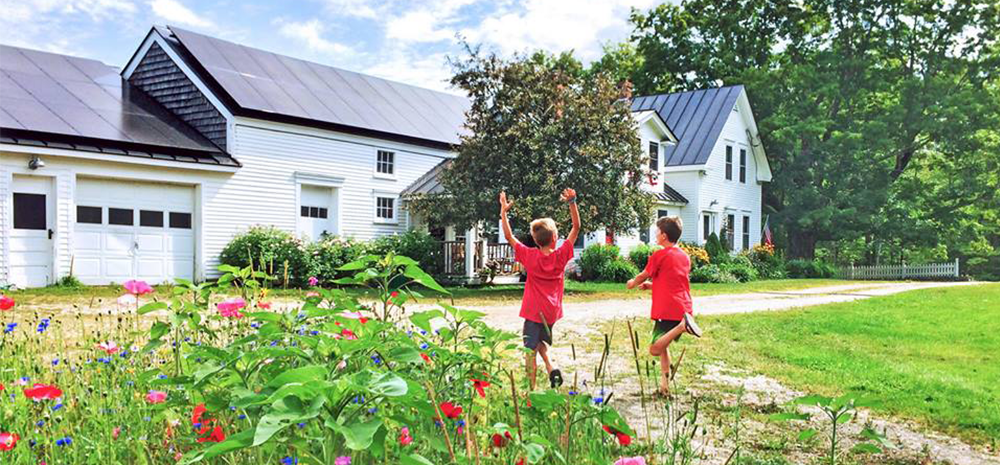
As part of the REPowerEU plan (May 2022) to address the ongoing energy crisis, the Commission proposed a targeted EED amendment requiring 13 % more energy savings by 2030. The recast EED as proposed by the Commission required Member States to almost double their annual energy savings obligations, make exemplary efforts in the public sector, address energy poverty, and take other measures to deliver 9 % more energy savings than anticipated under existing EU legislation. The current EED is designed to meet the existing goal of 32.5 % energy efficiency improvements by 2030. The 'fit for 55' package includes a recast of the Energy Efficiency Directive (EED), aligning its provisions to the -55 % GHG target. Their solutions, approaches and results can be explored in the Interreg Europe good practice database, or directly from their projects websites.On 14 July 2021, the European Commission adopted the 'fit for 55' package with a view to adapting existing EU climate and energy legislation to meet the EU objective of a minimum 55 % reduction in greenhouse gas (GHG) emissions by 2030, as required under the European Climate Law. Interreg Europe supports many regions and cities across Europe where energy performance in buildings is a priority for policy makers since many years. New provisions are also made to improve the Smart Readiness Indicator and Energy Performance Certificates (Articles 13-19) to provide data to owners and buyers and ensure comparability across the EU.įor more information, see the proposal for a recast of the Energy Performance of Buildings Directive. On e-mobility infrastructure, the proposal also requires pre-cabling for new and renovated buildings and installation of charging points at office buildings (Article 12).

The revised EPBD would give member states a legal basis for banning fossil fuel boilers and aims to end all financial support for them by 2025 (Article 11). This will take account of the whole life-cycle carbon emissions of the buildings, including manufacturing and construction, use, and end-of-life.

New buildings will have to be zero-emission by 2030 (2027 for public buildings), and life-cycle Global Warming Potential (GWP) will be calculated for large new buildings from 2027, and for all new buildings by 2030 (Article 7). Meeting these targets would require renovation of 15% of the current building stock, estimated at some 40 million buildings across the EU. Member states will need to ensure that public buildings and non-residential buildings are at least class F by 2027, and class E by 2030, with all residential buildings meeting class F by 2030 and class E by 2033 (Article 9). National Building Renovation Plans (previously 'Long-Term Renovation Strategies') will need to be revised to i nclude a roadmap and national targets by 2030, 20 (Article 3). ' Deep renovation', meaning transforming a building into nearly-zero emission building (up to 2030) or a ‘zero-emission building’ (after 2030).' Nearly-zero energy building', a building meeting the above standards with performance no lower than a cost-optimal level (to be established under Article 6).

This will be the standard for new buildings and the level to be achieved by deep renovations as of 2030 ' Zero-emission building', a building with very high energy performance, where the low amount of energy required is covered by renewables generated onsite, by an energy community, or via district heating and cooling.The proposal introduced several new definitions under Article 2 which increase the ambition of renovation efforts: The proposed revision of the Energy Performance of Buildings Directive i ntroduces new standards for energy performance to decarbonise the building sector, with changes to definitions of energy performance standards, revisions to national building renovation plans and a new requirement for life-cycle emission calculations for new builds. The package of measures aims to put Europe on track for a 55% reduction in carbon emissions by 2030. On 15 December 2021, the European Commission published its proposal for a recast of the Energy Performance of Buildings Directive, in the framework of the Fit for 55% Package.


 0 kommentar(er)
0 kommentar(er)
